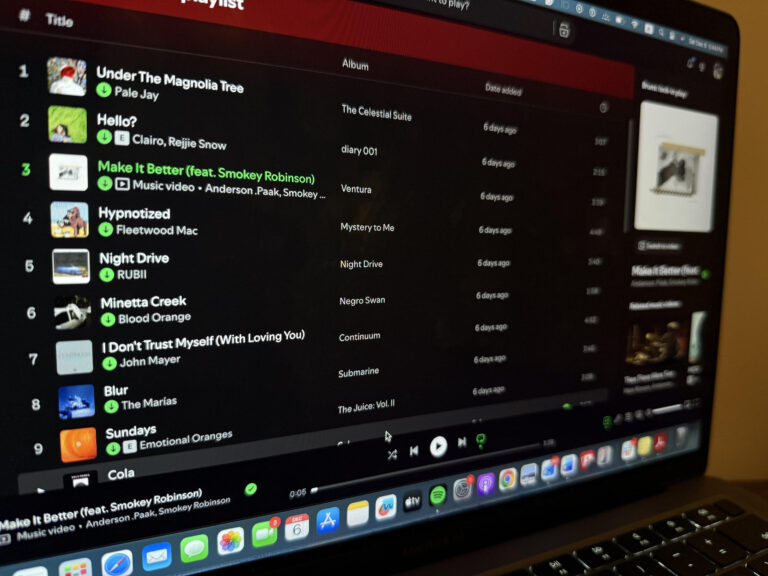Part-time profs beyond the classroom
Part-time profs beyond the classroom

Students know all too well the pinch of not having enough money, but for many of their professors this is also an all too familiar reality.
Contract Academic Employees (CAEs), or part-time professors, make up about 28 per cent of professors at UNB, but they make significantly less money and receive no benefits for a workload that is anything but part-time.
As of May 2014, UNB CAEs are paid a base stipend of $5,478 per course, with a course limit of three courses per fall and winter term and four in the summer. But it is not always possible to teach the allowed number of courses. This term, out of 217 CAEs at UNB, only 19 are teaching three or more courses.
Under these circumstances, part-time professors aren’t doing it for the money.
“I guess I [teach] in those terms because I like to teach, I like the students, I like to be in contact with the students. I like the university atmosphere, I don’t do it because I’m ever going to get rich or have benefits,” said Wendy Bourque, vice-president of the CAE bargaining unit of the Association University of New Brunswick Teachers.
The situation of CAEs is not unique to UNB. It’s part of a growing trend in universities across Canada where post-secondary institutions are increasingly relying on their part-time professor base to offer the courses necessary to keep programs going.
In fact, when a full-time professor retires or leaves to work elsewhere, a part-time professor will often replace the vacant position. A lot of this is decided based on where the university believes funds should be allocated.
“When you’re making a faculty hiring decision, that can be a 30-year career span or longer. You have to take the time at the front end to decide where do you need your resources for the next 30 years, not just where do you need it for next term,” said Peter McDougall, associate vice-president of human resources at UNB.
“And then we are in a situation where our enrolment is declining for a number of years now so it’s not surprising that then the overall full-time faculty compliment would need to mirror that change. So if there are reallocations of resources going on, while there still remains students in programs, you have to figure out ways to deal with the students who are still in the program.”
This is where the CAEs come in. Out of a total of 1902 courses being taught at UNB, CAE teaching represents roughly 16 per cent.
“It saves the university money but mostly it gives them incredible flexibility. Because that means the full-time faculty, they’re tenured, you can’t get rid of them,” said Arthur James, a part-time professor and member of the CAE executive of the AUNBT.
“If you want to end a program or something it’s no problem because people work on contracts and when their contract runs out you don’t have a big obligation to fill. They have no obligation really,” said Bourque.
This insecurity is what defines the CAE positions, whereby part-time professors do not receive any benefits along with their low income.
“[Being a CAE] means insecurity and it means a lack of collegiality and respect,” said Bourque.
“It means so many things but I suppose if you were to ask more people it would mean living hand-to-mouth, not having a health plan, not having a pension plan, not having any benefits other than what you earn contract to contract.”
“I think insecurity is the right word and you don’t know for sure whether you are going to be teaching, You don’t know in the spring whether you’re going to be teaching in the fall or not. Or how much you’re going to be teaching,” James said.
Compensation isn’t an issue for all CAEs. There are many reasons a person might choose to become a part-time professor.
“We’re a really diverse group. Some people do this as a way to keep in the university community. For instance, some people may have retired and they’re picking up a class because they really enjoy teaching,” Bourque said.
“Some people do it as their major source of income and that’s their job — they have no other job. And some people do it as a side to their job, so they’re an engineer maybe and they’re teaching engineering.”
For many, however, the stipend they receive per course is their primary source of income. To put it in perspective, according to Statistics Canada, the low income cut-off before taxes in 2012 for one person was $20,240 in a community the size of Fredericton. A part-time professor has to teach four courses in order to attain this.
For professors hoping to move up to a full-time position, this creates a problem.
“In order to make a living, you end up teaching as many courses as you possibly can and that means you don’t really have time to do research and it’s research that’s going to get you the full-time position,” said James.
“So if you don’t have publications by the time you get your PhD done or in short order, it’s unlikely that you’re going to get them. And then once you get into that mill, it’s impossible to get out.”
This cycle largely happens behind the scenes, and many students are unaware that the issue exists.
“Students don’t really understand the full concept of part-time and full-time teaching, they just come to your class and they see you as they see anyone else. They have the same expectations of you as they have of everybody else and so they should,” Bourque said.
“I’d like students to understand that just because people are part-time and are making less money and compensation that they’re not necessarily getting a lesser learning experience. In fact I often argue that part-time academics are actually experts in teaching because that’s what they do most.”
Although the state of CAEs is embedded in UNB culture, the issue is larger than a single post-secondary institution — around 30 per cent of STU professors are on part-time contracts and about 20 per cent of Mount Allison University professors are in the same position, for instance – and it only seems to be growing.
“Contract academics aren’t going away. In fact, if anything I think we’re going to become larger in the future,” said James.
Keep in touch with our news & offers
Subscribe to Our Newsletter
Thank you for subscribing to the newsletter.
Oops. Something went wrong. Please try again later.






